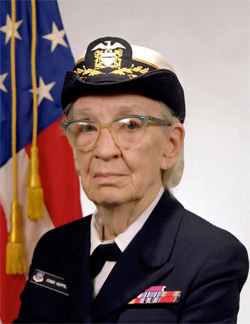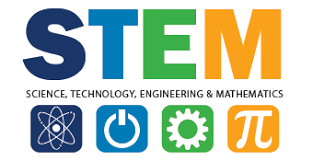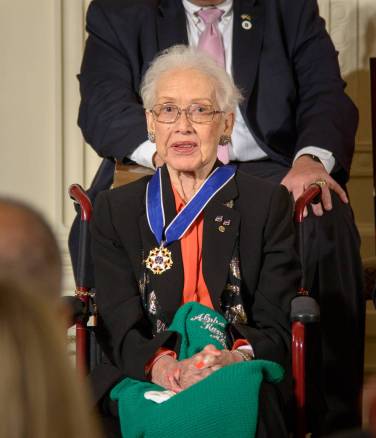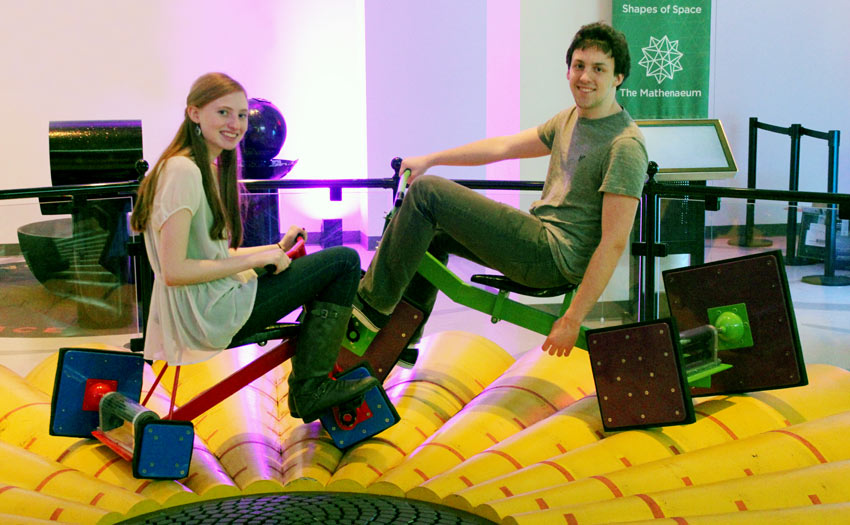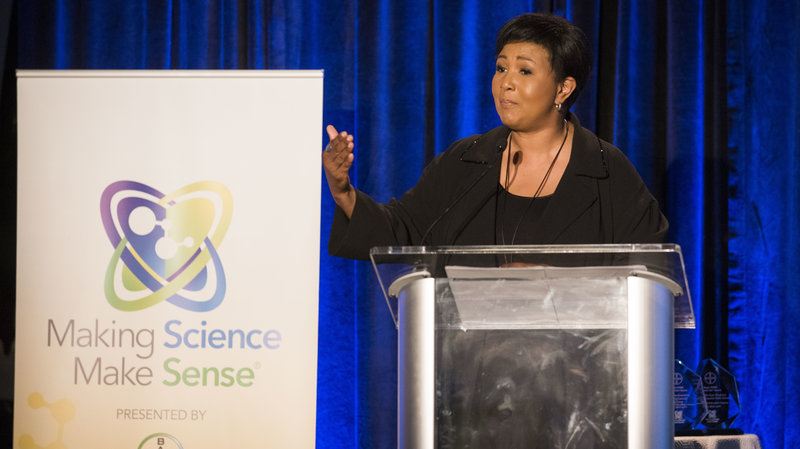
Photo Credit: NPR.org
Mae Jemison was apart of the Space Shutter Endeavor in 1992, when she made history as the first African-American woman in space. After Making History in Space, Mae Jemison Works to Prime Future Scientists, highlights Jemison’s contribution to the field of science and math, and how she plans to encourage more women and minorities to enter those fields. According to Jemison, she believes that exposing students to opportunities where they are able to experiment will help them succeed in the sciences. “When you do hands-on science, you learn to — you learn about electricity by wiring a flashlight. And then it’s expectation. And that expectation is, we should expect our kids to succeed and to achieve. Children live up or down to our expectations. And so, I always call it the three E’s: experience, expectation and exposure,” states Jemison (NPR Staff, 2017, p.1).
This article was a fascinating read as it reflected Jemison’s diverse background in space exploration. I was surprised to learn about Jamison’s background and the many things she has experienced in her lifetime. According to the article, Jemsion grew up on the South Side of Chicago going to public schools. In regards to professional experience, she was a doctor, worked in Cambodian refugee camps, was an engineer and is well-versed in dance and the arts. Her unique background represents how a a career in math and science doesn’t require a cookie-cutter profile. Instead, her diverse background postitively contributed to her success in space exploration.
Another interesting fact I learned from reading this article, was how most students feel discouraged to pursue a field in mathematics or science is in college. According to the article, from a survey of women and minority members of the American Chemical Society, results indicated that 40% of them feel the most discouraged studying science in college by a college professor. As an educator, i took this statistic to heart, and solidified the notion that educators greatly impact students’ lives.
This article contributes to answering my guiding questions as it portrays a successful women in the field of mathematics. Students will be interested to learn about Jenson’s contributions to space exploration as well as her diverse background.
Reference:
NPR Staff. (2017). After Making History In Space, Mae Jemison Works To Prime Future Scientists. Retrieved 2017, from http://www.npr.org/2017/02/22/516695456/after-making-history-in-space-mae-jemison-works-to-prime-future-scientists





